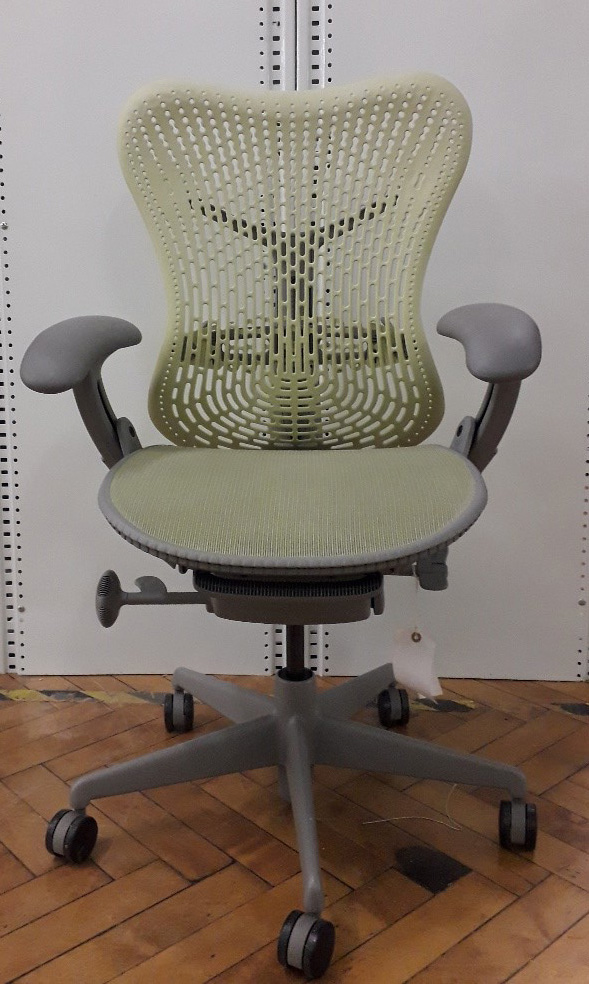You might be surprised to learn that the Science Museum Group has hundreds of chairs in its collection (including one used to train NASA astronauts).
Working in the stores at Blythe House as an assistant curator has meant sitting down a lot as I investigate objects across the collection. This made me think about why we sit down on chairs.
According to the Collins dictionary, a chair is a ‘piece of furniture for one person to sit on, with 3 or 4 legs’. But, not all chairs fit this example.
For instance, Jutta and Herbert Ohl’s chair swing can be described as cantilever. This chair is not supported by four legs but instead held up by a leg or legs bent in an L shape and attached to one end of the seat.

Chairs are designed to support us when we’re in a sitting position. This support is important, particularly as the NHS reports many adults spend over seven hours a day sitting or lying (not including sleeping). Therefore, chairs need to be well-designed, comfy and not damaging to our bodies.
The ergonomically design of the Mirra Office Chair (another chair in the collection) is an example of why good chair design is important – especially in the workplace, as this is probably where the majority of adults sit down the most.

But what happens if you have a bad chair?
For instance, these Telephone Exchange operator’s chairs do not seem to offer much back support. It’s estimated that 50% of people in the industrialised world suffer a form of back complaint, much of which is related to poor seat design.

The medical field of orthopaedics is central to the treatment of back pain. Our medical collection has many examples of objects from the study and treatment of the musculoskeletal system, especially for the spine, joints and muscles.
Sitting, standing or lying in a poor posture for any length of time, strains the muscles, joints and ligaments and could have a knock-on effect on the health of your back. Therefore, we should be mindful of the way we sit down and what we decide to sit on.
Cool chairs in our collection
Three of my favourite chairs in the collection take chair design to a whole new level:
This Little Beaver armchair and stool by Frank Gehry is made from corrugated cardboard. Manufactured by Vitra in 1987, only 100 examples were made worldwide.

This ‘Turbo’ Mark VI powered wheelchair was developed by Dan Everard for use by children to allow the development of independent mobility. He also designed Yellow Peril, a powered wheelchair made for his two year old daughter Ruth.

This adjustable parturition chair is also known as a birthing chair and is designed so that it can be folded up. It is made out of wood, padded leather and iron.

If you’ve been inspired by these choices you can discover hundreds of chairs in the collection from a Victorian exercise chair to a hydraulic dental chair.